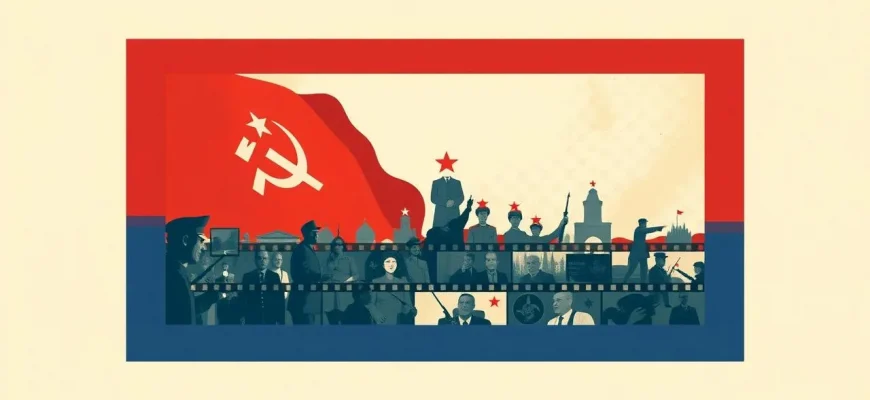- The Battleship Potemkin (1925)
- The Extraordinary Adventures of Mr. West in the Land of the Bolsheviks (1924)
- October: Ten Days That Shook the World (1928)
- The Fall of the Romanov Dynasty (1927)
- The Youth of Maxim (1935)
- Lenin in October (1937)
- The End of St. Petersburg (1927)
- Chapaev (1934)
- The Iron Flood (1967)
- The Return of Maxim (1937)
The Russian Revolution of 1917 was a pivotal moment in history, and Soviet cinema has captured its essence in numerous films. These movies not only provide a glimpse into the tumultuous times but also offer a unique perspective on the events, characters, and ideologies that shaped the Soviet Union. Here is a curated list of 10 Soviet films about the revolution, each with its own compelling narrative and historical significance. These films are not just a window into the past but also a testament to the enduring power of cinema to reflect and shape cultural memory.
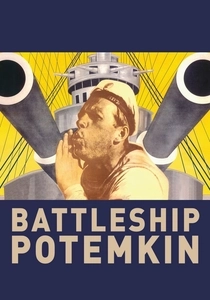
The Battleship Potemkin (1925)
Description: Although not directly about the revolution, this film's depiction of the 1905 mutiny on the battleship Potemkin is often seen as a precursor to the revolutionary spirit.
Fact: The famous "Odessa Steps" sequence has become one of the most iconic scenes in film history, influencing countless other movies.
 Watch Now
Watch Now 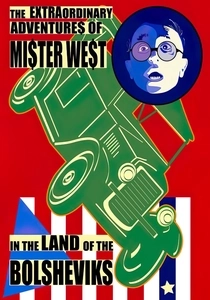
The Extraordinary Adventures of Mr. West in the Land of the Bolsheviks (1924)
Description: This comedy-satire film shows an American businessman's misadventures in post-revolutionary Russia, offering a humorous take on the new Soviet reality.
Fact: It was one of the first Soviet films to be exported and shown in the United States, providing a unique perspective on Soviet life.
 Watch Now
Watch Now 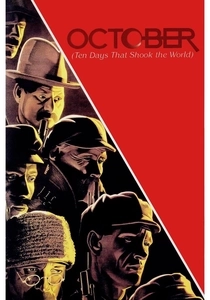
October: Ten Days That Shook the World (1928)
Description: Directed by Sergei Eisenstein, this film dramatizes the October Revolution, focusing on the storming of the Winter Palace, a key event in the revolution.
Fact: Eisenstein used innovative montage techniques to create a dynamic and intense portrayal of the revolution. The film was banned in the Soviet Union for a time due to its perceived historical inaccuracies.
 Watch Now
Watch Now 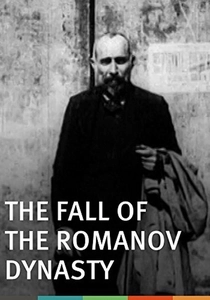
The Fall of the Romanov Dynasty (1927)
Description: This documentary-style film uses archival footage to chronicle the events leading up to the abdication of Tsar Nicholas II, providing an authentic look at the revolution's beginnings.
Fact: The film was one of the first to use actual footage from the time, giving it a raw, documentary feel. It was also one of the earliest Soviet films to be shown in the West.
 30 Days Free
30 Days Free 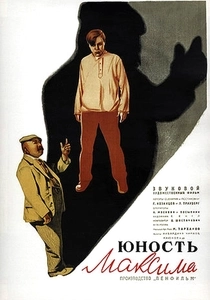
The Youth of Maxim (1935)
Description: This film is part of a trilogy that follows the life of Maxim, a fictional character representing the typical revolutionary worker, from his youth to his active participation in the revolution.
Fact: The trilogy was one of the most popular Soviet film series of the 1930s, showcasing the journey of an ordinary worker into a revolutionary hero.
 30 Days Free
30 Days Free 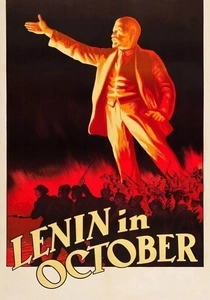
Lenin in October (1937)
Description: This film focuses on Lenin's role in the October Revolution, offering a biographical perspective on the leader's actions and decisions during this critical time.
Fact: The film was part of a series of biographical films about Lenin, reflecting the Soviet Union's effort to mythologize its revolutionary leaders.
 30 Days Free
30 Days Free 
The End of St. Petersburg (1927)
Description: This film tells the story of a peasant who becomes a revolutionary, highlighting the class struggle and the impact of World War I on the Russian people.
Fact: It was one of the first Soviet films to be widely distributed abroad, gaining international acclaim for its portrayal of the revolution.
 30 Days Free
30 Days Free 
Chapaev (1934)
Description: While not directly about the revolution, it portrays the life of Vasily Chapaev, a Red Army commander during the Russian Civil War, which was a direct result of the revolution.
Fact: Chapaev became a cultural icon in the Soviet Union, with his name becoming synonymous with bravery and revolutionary spirit.
 30 Days Free
30 Days Free 
The Iron Flood (1967)
Description: This film depicts the events of the Russian Civil War, focusing on the Red Army's struggle against the Whites, providing context to the revolution's aftermath.
Fact: It was one of the last major Soviet films to deal with the Civil War, reflecting the changing political climate of the late 1960s.
 30 Days Free
30 Days Free 
The Return of Maxim (1937)
Description: The final part of the Maxim trilogy, this film shows Maxim's return to his hometown after the revolution, dealing with the challenges of building a new society.
Fact: The trilogy was instrumental in shaping the Soviet narrative of the revolution, with Maxim becoming a symbol of the proletariat's struggle and victory.
 30 Days Free
30 Days Free 
